Let’s compare the Sony FX 30 camera against the recently announced Sony ZV E1. Sony FX 30 camera has a bit more compact body and let’s discuss the features that we exclusively have in the FX 30
Also, see – Sony ZV-E1 vs Sony A74
1.Sony ZV-E1 advances over Sony FX30
1. Sony ZV-E1 Full Frame Sensor: The biggest advantage you have with the Sony ZV-E1 camera is Sony’s A7 S III 12mp ultra-low light-sensitive sensor that produces exceptional video quality even when used in extremely low light conditions. Having a Full-frame CMOS sensor of 12MP doesn’t allow the camera to move into the oversampling mode, resulting in NO Rolling shutter effect even when uses at higher shutter speed or MAX frame rates.

Sony ZV-E1 paired with 28-70mm Lens
Buy Sony ZV-E1 – B&H Store | Amazon.com
- Sony ZV-E1 Best Lenses for Content Creators – B&H Store | Amazon.com
- Sony ZV-E1 Best Lenses for Cinematographers – B&H Store | Amazon.com
2. ISO up to 409600 vs 102400: On the other side, we have the Sony FX30 camera that uses Sony’s 26-megapixel APS-C CMOS sensor which is quite useful when you are working in a controlled light environment. Now, being a pro cinema camera for beginners the camera also features dual native ISO but despite having all the technological advancement in FX30, have in this camera you cannot fight with the hardware (or the very physical nature of the sensor being used inside this camera), it allows capturing method details for better details, so low light performance wise ZV-E1 is a clear winner.
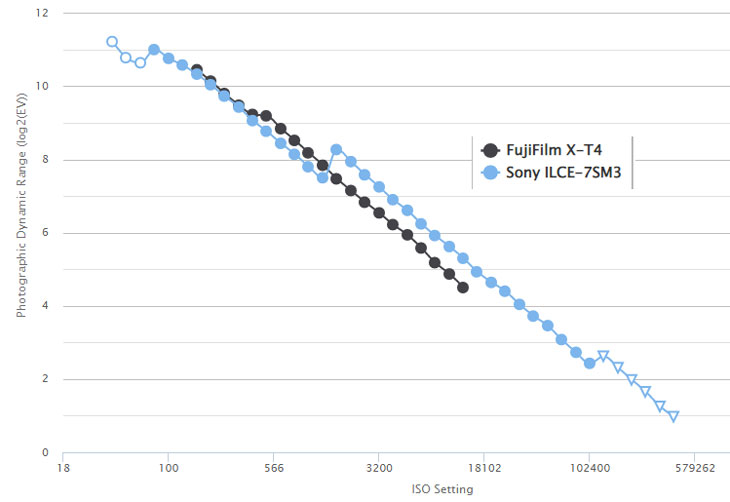
In the test above we have selected the Sony A7S III camera, as we know the Sony ZV-E1 camera uses the same sensor as we have seen on the Sony A7S III. And since we don’t have the test data of the Sony FX30 camera. so I have picked up a 26MP X-Trans BSI CMOS Sensor of the X-T5 to get a good idea of what the test will look like. Be assured we will update this test once the Sony FX30 data becomes available
3. Sony ZV-E1 Dynamic Range: The other biggest advantage that we get apart from low light performance is its dynamic range. With the Sony Z1 camera, you can extract 15 plus stops of dynamic range from your camera so it’s a perfect camera for shooting uncontrol light environment. And when you want to extract the maximum dynamic range from a given scene.

4. The artificial intelligent chip inside the camera: Human poses estimation using a skeleton-based model: With its innovative AI processing unit, the ZV-E1 uses subject form data to accurately recognize movement, providing an improvement of approx. 60% in human eye recognition14. Human pose estimation technology recognizes body and head position, so you can even track a subject facing away from the camera or wearing a mask.
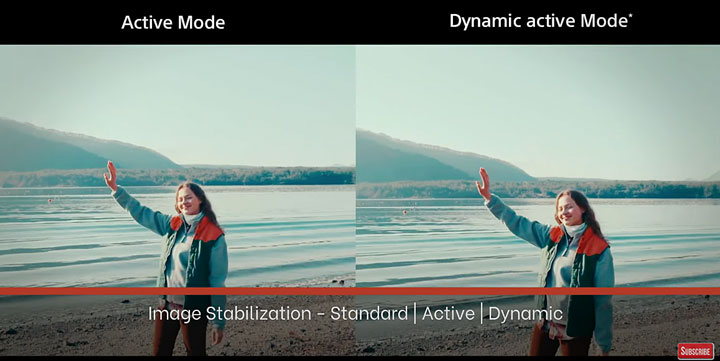
5. A compact, 5-axis stabilization unit and gyro sensors with optimized algorithms achieve up to 5.0-step stabilization. The in-body image stabilization of the camera provides effective stabilization with a wide range of lenses, including E-mount lenses that do not include their stabilization. Dynamic active Mode stabilization is approximately 30% more effective than what Active Mode provides. This makes it easier than ever to shoot smooth, stable footage while moving around for bold, dynamic expression.
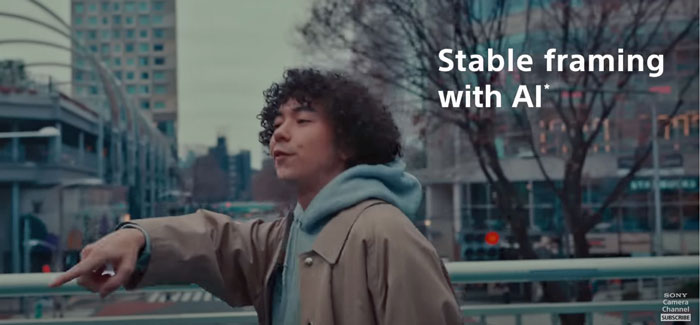
6. The ZV-E1 also boasts a Framing Stabilizer that uses advanced AI-based subject recognition in conjunction with the camera’s Dynamic active mode image stabilization to automatically keep the subject’s position in the frame constant.
7. With the Multiple Face Recognition setting, the camera can automatically track multiple subjects within the frame. This feature helps to stabilize the framing and ensure that the subject remains in the frame. The AI processing unit can even differentiate between multiple subjects having different postures and recognition of individual faces so that tracking reliability is achieved in challenging situations such as when a subject’s face is tilted, in shadow, or backlit

8. The Product Showcase Setting includes an AF tracking switch that allows for consistent bokeh levels between the product and the subject, even when switching between different subjects.
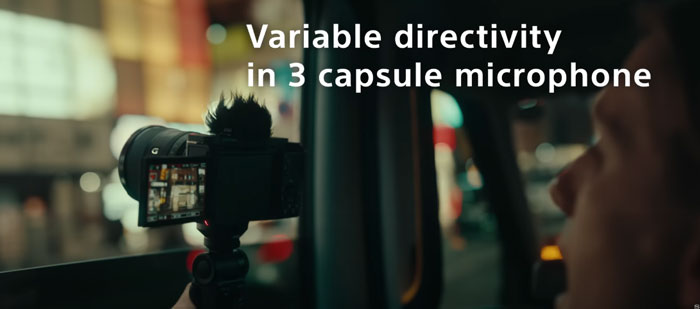
9. The Intelligent 3 Capsule Microphone captures clear audio, including the voice of your main subject. Depending on your shoot, you can set the microphone’s directivity to Front, Rear, All Directions, or Auto18. The camera also includes a Multi-Interface (MI) shoe with a digital audio interface and mic and headphone jacks offer expanded audio capabilities.
2. Sony FX30 advantages over ZV-E10
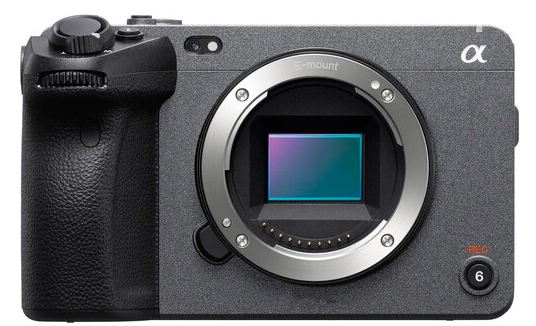
10. Devil lies in details: Why sometimes having a higher resolution APS-C sensor, is better than a lower resolution Full frame sensor. Sony FX30 does 26 MP Oversampling to produce exceptional 4k in details, so you have to understand this the Sony FX30 camera uses 26MP resolution to generate 4K files and the Sony ZV-E1 uses a 12MP sensor to generate 4K files, now if you are working in the controlled light environment the Sony FX30 4k (file will showoff more details of a given scene compared to Sony ZV-E1 12MP 4k files. But that also depends on several factors like the type of lenses used and the light environment.
Sony FX30 camera is built for professionals, in the ZV-E1 camera u do get excellent hardware inside, but the controls are simplified for beginners and you will miss a lot of features, that were maybe essential for your workflow.
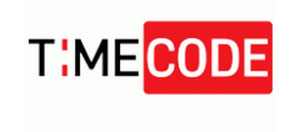
11 . TIME CODE: We have TIME CODE in the Sony fx30 camera, a time code functionality that is highly important for the synchronization of multiple cameras during a professional shoot. Time code is like a special signal generated along with the video reels that help find a specific moment or two to sync two or more two different videos seamlessly without any error.. It’s called SMPTE because the Society of Motion Picture and Television Engineers made it.
11. You get 16 BIT RAW via Full-Size HDMI: The second thing and of course the most important is 16-bit RAW output which is not possible with the Sony ZV E1 camera which is made for content creators
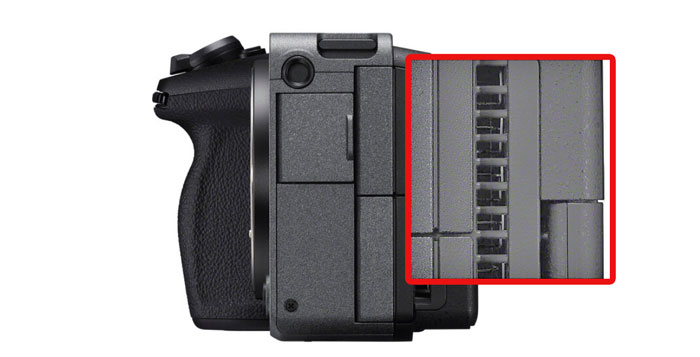
12. No Overheating in Sony FX30: The next BIG thing that you may miss in ZV-E1, is the external fan. The Sony FX 30 camera features an external fan so you don’t have any overheating issues. The biggest problem is Sony has trimmed down the cooling system of the Sony A7 S3 camera and we have a very weak heat sink unit in the new ZV E1 camera so if you are living near the equator or in Asian countries with variable weather conditions summers are very hot temperature raises to 40-degree centigrade so in that situation if you shoot outdoors like you are a travel blogger or you are a wedding cinematographer like to use your camera mostly outdoor then you have to be very careful before buying the Sony zv E1 camera
CROPS
- The much more significant crop comes in 120p mode, where the camera crops in to a 3840 x 2160 region of the sensor, giving a 1.62x crop.
- While using 4k UHD @ 120fps in ZV-E1 you have to face 10% crop
3. Sony ZV-E1 vs Sony FX30 – The Main Differences
| Sony ZV-E1 | Sony FX30 | |
| Lens Mount | Sony E | Sony E |
| Sensor Resolution | Effective: 12.9 Megapixel (4240 x 2832) | Yes, with Autofocus Support |
| Sensor Type | 35.6 x 23.8 mm (Full-Frame) CMOS | Actual: 27 Megapixel Effective: 26 Megapixel (6192 x 4128) |
| Image Stabilization | Digital, 5-Axis | 23.3 x 15.5 mm (APS-C) CMOS |
| Built-In ND Filter | None | None |
1. Exposure Control
| Sony ZV-E1 | Sony FX30 | |
| Shutter Type | Electronic Shutter | Electronic Shutter |
| Shutter Speed | 1/8000 to 30 Second 1/8000 to 1 Second in Movie Mode |
1/8000 to 30 Seconds in Photo Mode 1/8000 to 1/4 Second in Video Mode |
| ISO Sensitivity | Photo 80 to 102,400 (Extended: 80 to 409,600) |
100 to 32,000 (Extended: 50 to 102,400) |
| Metering Method | 14+ Stops | 14 Stops |
Video Mode | Frame Rates | Recording options
| Sony ZV-E1 | Sony FX30 | |
| Internal Recording Modes | RawXAVC HS 4:2:0 10-Bit UHD 4K (3840 x 2160) at 50/59.94 fps [45 to 150 Mb/s] UHD 4K (3840 x 2160) at 23.98 fps [30 to 100 Mb/s] RawXAVC HS 4:2:2 10-Bit 3840 x 2160 at 50/59.94 fps [100 to 200 Mb/s] RawXAVC S 4:2:2 8-Bit UHD 4K (3840 x 2160) at 50/59.94 fps [100 to 200 Mb/s] UHD 4K (3840 x 2160) at 25/29.97 fps [140 Mb/s] RawXAVC S 8-Bit 1920 x 1080p at 100/120 fps [60 to 100 Mb/s] 1920 x 1080p at 50/59.94 fps [25 to 50 Mb/s] RawXAVC S 10-Bit 1920 x 1080p at 23.98/25/29.97/50/59.94 fps [50 Mb/s] RawXAVC S-I 10-Bit 3840 x 2160 at 59.94 fps [600 Mb/s] 1920 x 1080p at 59.94 fps [222 Mb/s] |
XAVC HS 4:2:2 10-Bit UHD 4K (3840 x 2160) XAVC S-I 4:2:2 10-Bit UHD 4K (3840 x 2160) 1920 x 1080p from 1 to 240 fps XAVC S UHD 4K (3840 x 2160) 1920 x 1080p from 1 to 240 fps XAVC Proxy 1920 x 1080 1280 x 720 |
| External Recording Modes | None | 4:2:2 10-Bit via HDMI UHD 4K (3840 x 2160) at 23.98/25/29.97/50/59.94 fps ProResRAW 16-Bit via HDMI 4672 x 2628 at 23.98/25/29.97/50/59.94 fps |
| Fast-/Slow-Motion Support | Yes | Yes |
| User Uploadable LUT | Yes | Yes |
| Cinema Menu Interface | Yes | Yes |
| IP Streaming | None | 2-Channel 24-Bit LPCM Audio 4-Channel 24-Bit LPCM Audio |
| Built-In Microphone Type | AI-powered 3-capsule design | Stereo (classical) |
2. Interface
| Sony ZV-E1 | Sony FX30 | |
| Media/Memory Card Slot | Single Slot: SD/SDHC/SDXC (UHS-II) | Dual Slot: CFexpress Type A / SD |
| Video I/O | Micro HDMI |
1 x HDMI 2.0 Output |
| Audio I/O | 1 x 1/8″ / 3.5 mm TRS Stereo Microphone Input 1 x 1/8″ / 3.5 mm TRS Stereo Headphone Output |
2 x XLR / 1/4″ TRS Combo Microphone (+48 V Phantom Power) Input on Included Handle 1 x 1/8″ / 3.5 mm TRS Stereo Microphone Input on Camera Body 1 x 1/8″ / 3.5 mm TRS Stereo Headphone Output on Camera Body |
| Power I/O | 1 x USB-C Input | 1 x USB-C Input |
| Other I/O | 1 x USB-C (USB 3.2 / 3.1 Gen 1) Data Input/Output (Shared with Power Input) 1 x Sony Multi/Micro-USB Control |
1 x Sony Multi/Micro-USB (Timecode) 1 x USB-C (USB 3.2 / 3.1 Gen 2) |
| Wireless | Wi-Fi, Bluetooth | 2.4 / 5 GHz Wi-Fi 5 (802.11ac) Control Bluetooth |
| Mobile App Compatible | Yes *As of March, 2023: Check with manufacturer for the most up-to-date compatibility |
No *As of February, 2023: Check with manufacturer for the most up-to-date compatibility |
| Global Positioning (GPS, GLONASS, etc.) | None | None |
3. Focus
| Sony ZV-E1 | Sony FX30 | |
| Focus Type | Auto and Manual Focus | Auto and Manual Focus |
| Focus Mode | Automatic, Direct Manual Focus, Manual Focus | Automatic, Continuous-Servo AF, Direct Manual Focus, Manual Focus, Single-Servo AF, Touch AF & Shutter |
| Autofocus Points | Photo Phase Detection: 759 Video Phase Detection: 627 |
Video Phase Detection: 495 |
| Autofocus Sensitivity | 6 to +20 EV | -3 to +20 EV |
Verdict: Sony ZV-E1 camera and FX30 orientation are completely different, If you create a vlog or shoot solo content then undoubtedly the best camera is Sony ZV-E1. But, at the same time, u have to deal with overheating issues if ur using your camera outside overheats quickly as per the latest reports we have from its reviewers. Sony FX30 is made for professionals under budget, if ur thinking about starting your carrier in cinematography, or short films, then with FX30, u will have the basic training high to handle cinema cameras.
Also, see – Sony ZV-E1 vs Sony A74
Buy Sony ZV-E1 – B&H Store | Amazon.com
- Sony ZV-E1 Best Lenses for Content Creators – B&H Store | Amazon.com
- Sony ZV-E1 Best Lenses for Cinematographers – B&H Store | Amazon.com






